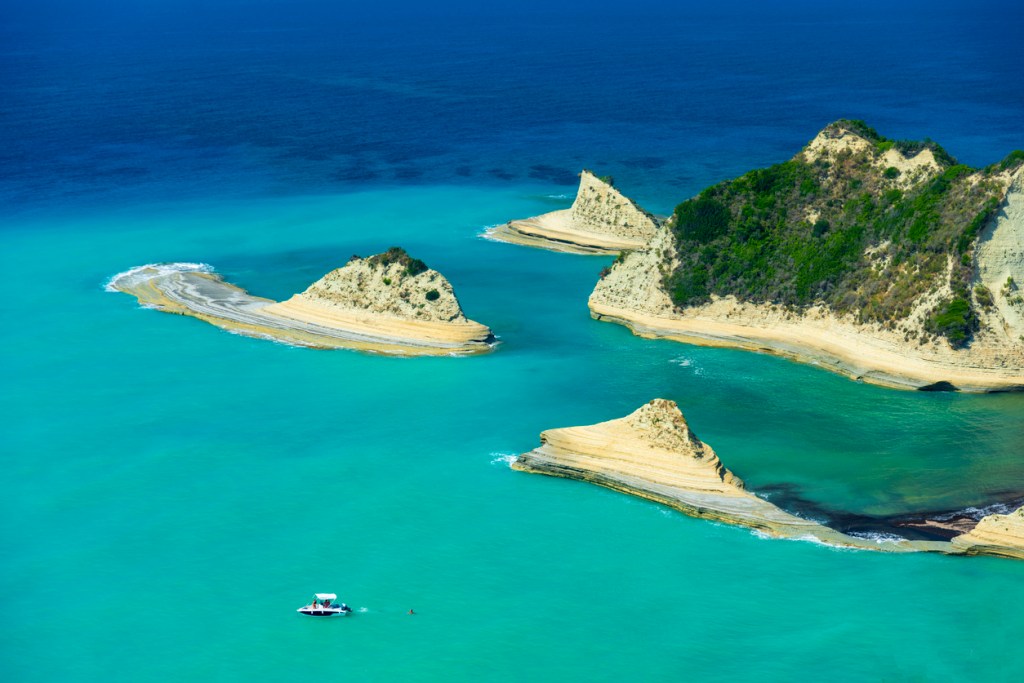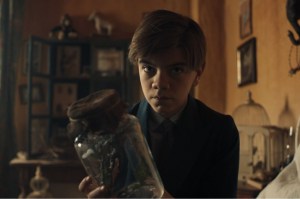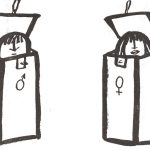Where I go, The Green Room goes. Last week, I was on the Greek island of Corfu. With a heavy heart, I had accepted an invitation to deliver a short talk about the novelist Lawrence Durrell, of whose work I’m wholly ignorant, to an audience of experts in Lawrence Durrell. I’ll spare you the details of how the talk went. It rapidly emerged that most of what I know about the Durrell family comes from the television series The Durrells of Corfu, which was adapted for television by Simon Nye from the memoir-novels of Gerald Durrell.
Being serious-minded literary and academic types, we passed many long and arduous hours conferring hard in the Dionysios Solomos Museum, the home of the poet who wrote ‘Hymn to Liberty’, the lyrics of modern Greece’s national anthem. But we also found time to sail by caique up Corfu’s east coast to the bay of Kalami. Lawrence Durrell and his first wife Nancy Myers Durrell lived here in the 1930s, in the White House, a cuboid fisherman’s home on a rocky promontory at the water’s edge. Durrell installed the rest of his family in rented villas some distance down the coast. Not that we’d know that from Gerald Durrell’s account: he placed Lawrence in the family house, and deleted Nancy from his account.
Gerald Durrell fictionalized his childhood experiences, and Simon Nye, the scriptwriter who adapted Durrell’s account, fictionalized them further for television. Nye worked as a translator before becoming a writer, and has translated two of his novels into television comedies, including Men Behaving Badly, the hit British series whose title might double as the title of a documentary about Lawrence Durrell.
We conducted our conversation — call it The Greek Room — on the terrace of the White House, before an audience of highly trained Durrellians. No bread rolls were thrown, so I think they approved of the care with which Simon had moved a beloved story from the page to the screen, and from one episodic format to another. It’s especially interesting to hear how changes in structure led to changes in characterization and plot, with minor members of the family emphasized more than they had been in My Family and Other Animals, and others merging into composite figures.
As we’re talking about Gerald Durrell, I should mention that no animals were harmed during the recording of this podcast. But we did eat moussaka afterwards.

















